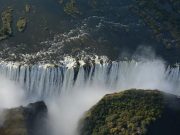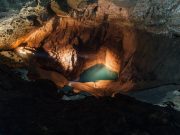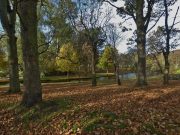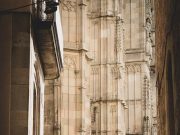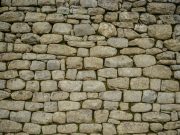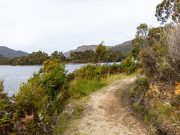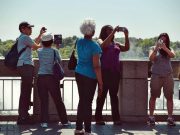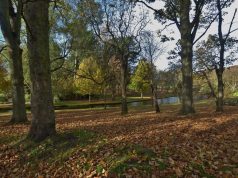In a world where exploration often intertwines with preservation, the question of whether visitors should be allowed to climb iconic monuments invites a complex dialogue. These majestic structures, etched into the fabric of human history, stand as testaments to our cultural heritage and architectural ingenuity. From the ancient pyramids of Egypt to the towering heights of the Eiffel Tower, these monuments captivate the imagination and draw millions of admirers each year. Yet, with every step taken upon their storied surfaces, we must weigh the thrill of personal experience against the responsibility of safeguarding these treasures for future generations. This article delves into the multifaceted debate surrounding access to these monumental wonders, examining the arguments for and against allowing visitors to ascend their hallowed heights.
Balancing Preservation with Public Access
The tension between preserving the historical integrity of monuments and providing public access is a delicate dance that requires thoughtful choreography. On one hand, iconic structures like the Great Wall of China and the Pyramids of Giza are not just tourist attractions; they are invaluable links to our shared past. Allowing visitors to climb these monuments can lead to wear and tear, compromising their structural integrity and historical authenticity. Yet, the desire to experience history firsthand is a powerful draw for many tourists.
- Historical Significance: Many argue that the very essence of these monuments lies in their untouched grandeur, and that preservation should take precedence over public interaction.
- Economic Impact: On the flip side, tourism is a significant economic driver for many regions, and restricting access could have financial repercussions.
- Technological Solutions: Innovative solutions, such as virtual reality tours, could offer a compromise, allowing visitors to experience the climb without physically impacting the site.
Balancing these factors requires a nuanced approach that respects both the monuments’ historical importance and the public’s curiosity, possibly paving the way for sustainable tourism practices that honor both heritage and accessibility.
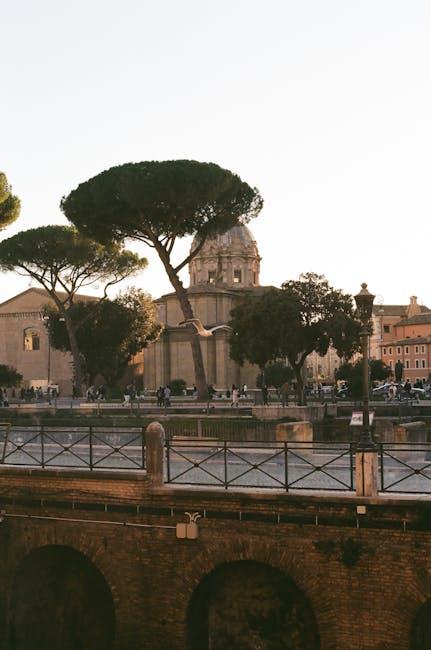
Cultural Significance and the Tourist Experience
The intertwining of culture and tourism often raises questions about preservation and experience. Iconic monuments, steeped in history and cultural relevance, serve as gateways to understanding the past and present of a society. Allowing visitors to climb these landmarks can offer a unique perspective, enhancing their connection to the culture and history embodied in these structures. However, this interaction with history comes with its own set of considerations. The balance between preservation and accessibility is delicate, as the physical wear and tear on these monuments can be significant, potentially eroding the very history they aim to celebrate.
In the tourist experience, climbing iconic monuments can provide a tangible connection to the past, offering unparalleled views and a sense of accomplishment. However, this experience must be weighed against potential impacts. Considerations include:
- The impact on the structure’s integrity and how it may affect its longevity.
- The environmental footprint left by increased foot traffic and how it can be managed sustainably.
- The cultural implications for local communities, who may view these sites as sacred or integral to their heritage.
Balancing these factors is crucial to ensure that both cultural significance and tourist experiences are respected and preserved for future generations.
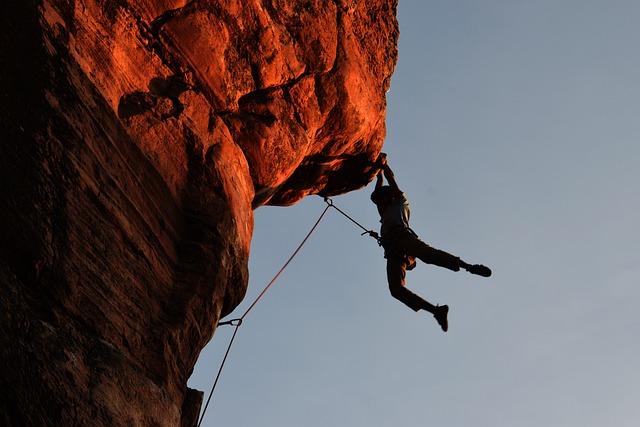
Evaluating Environmental and Structural Impact
When considering the potential consequences of allowing visitors to climb iconic monuments, both environmental and structural impacts must be carefully assessed. The natural landscape surrounding these sites often holds as much historical and cultural significance as the monuments themselves. Erosion, soil compaction, and vegetation damage are just a few environmental concerns that arise from increased foot traffic. These changes can alter ecosystems and diminish the aesthetic and ecological value of the area, potentially affecting local wildlife and plant life.
From a structural standpoint, the integrity of these monuments is paramount. Wear and tear caused by human interaction can lead to accelerated degradation of materials. This is especially true for ancient structures not originally designed to withstand modern visitation levels. The consequences of such degradation can be seen in weakened structural components, loss of intricate detailing, and increased need for restoration efforts. Preservation strategies might include:
- Implementing controlled access pathways to minimize contact.
- Utilizing modern technology to simulate climbing experiences.
- Conducting regular structural assessments to monitor impact.
By balancing access with preservation, we can protect these iconic landmarks for future generations.
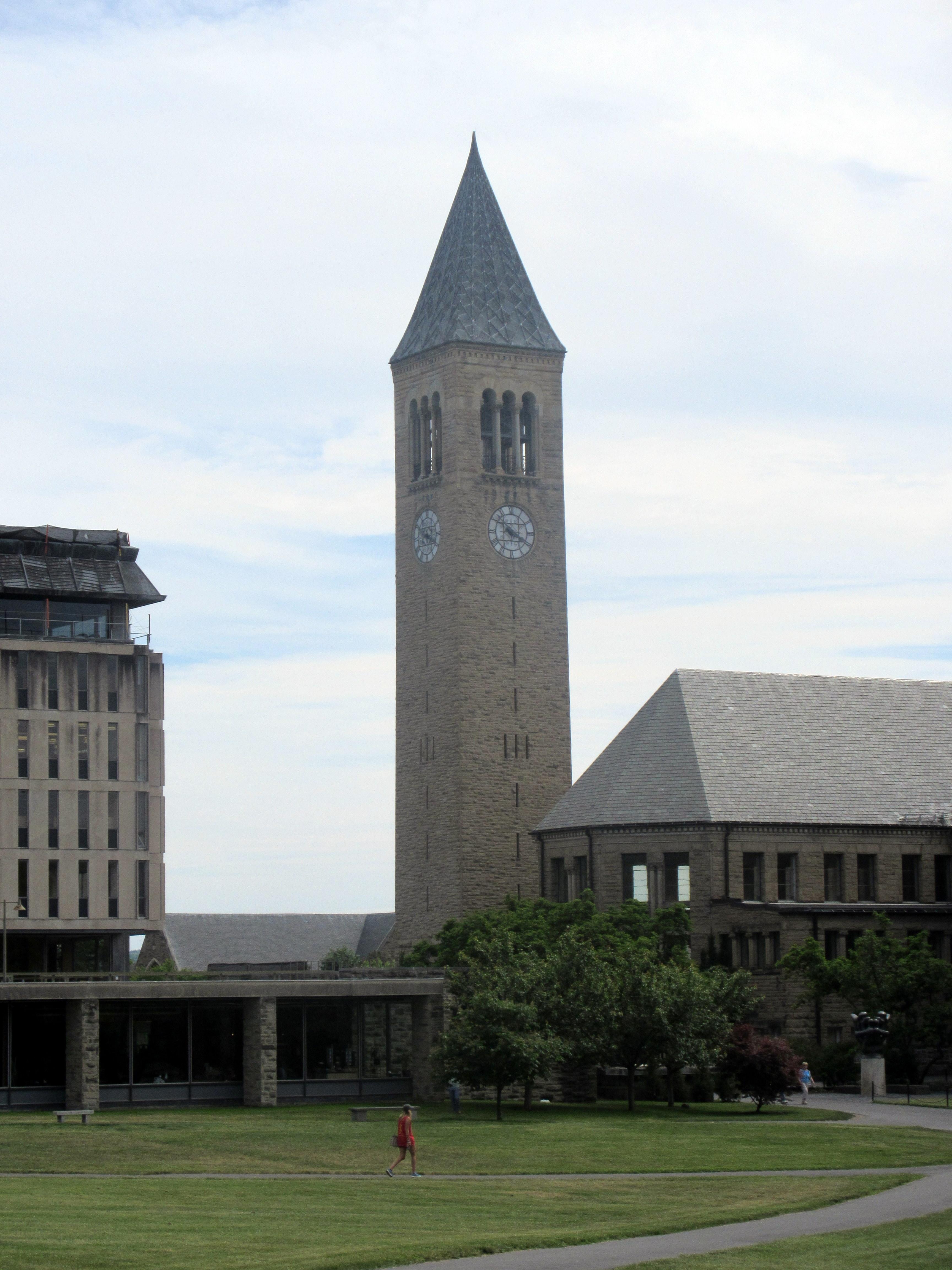
Crafting Policies for Responsible Tourism
In the delicate balance of preserving cultural heritage and providing enriching experiences for tourists, crafting policies that promote responsible tourism becomes crucial. Tourism management authorities must weigh the benefits of allowing visitors to physically engage with iconic monuments against the potential risks of damage and over-tourism. Striking this balance often requires a nuanced approach, which may include implementing specific regulations or investing in sustainable infrastructure.
To address this, several strategies can be considered:
- Access Restrictions: Limiting the number of visitors or setting specific visiting hours to prevent overcrowding.
– Guided Tours: Offering structured tours to control the flow of tourists and provide educational insights.
– Virtual Experiences: Developing digital platforms that offer virtual climbing experiences as an alternative.
– Maintenance Plans: Allocating resources for regular maintenance to counteract the wear and tear from tourist activities.
Such measures not only protect the monuments but also enhance the overall visitor experience by ensuring a safe and respectful interaction with these historical sites.
In Conclusion
the question of whether visitors should be allowed to climb iconic monuments is a complex tapestry woven with threads of cultural heritage, environmental stewardship, and the human spirit’s yearning for connection. As we stand at the crossroads of preservation and experience, it becomes clear that there is no one-size-fits-all answer. Each monument tells its own story and demands its own unique consideration. Perhaps the solution lies not in drawing hard lines but in fostering dialogue among stakeholders, balancing access with preservation, and embracing innovative approaches to experience these wonders. As stewards of history, our challenge is to honor the past while thoughtfully shaping the future, ensuring that these majestic symbols endure for generations to come. The journey to find this balance continues, inviting us all to participate in the conversation.





